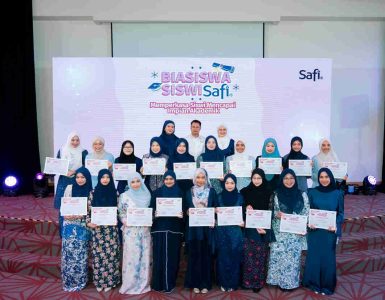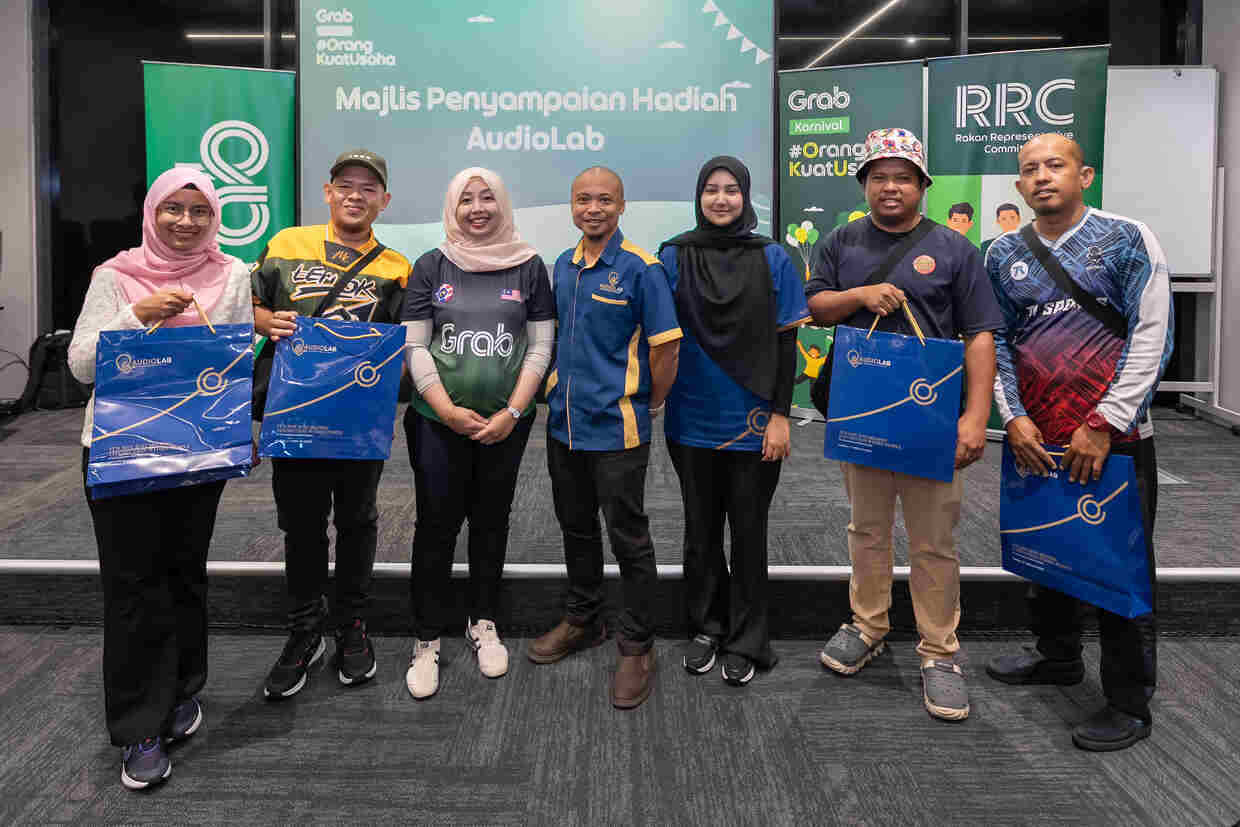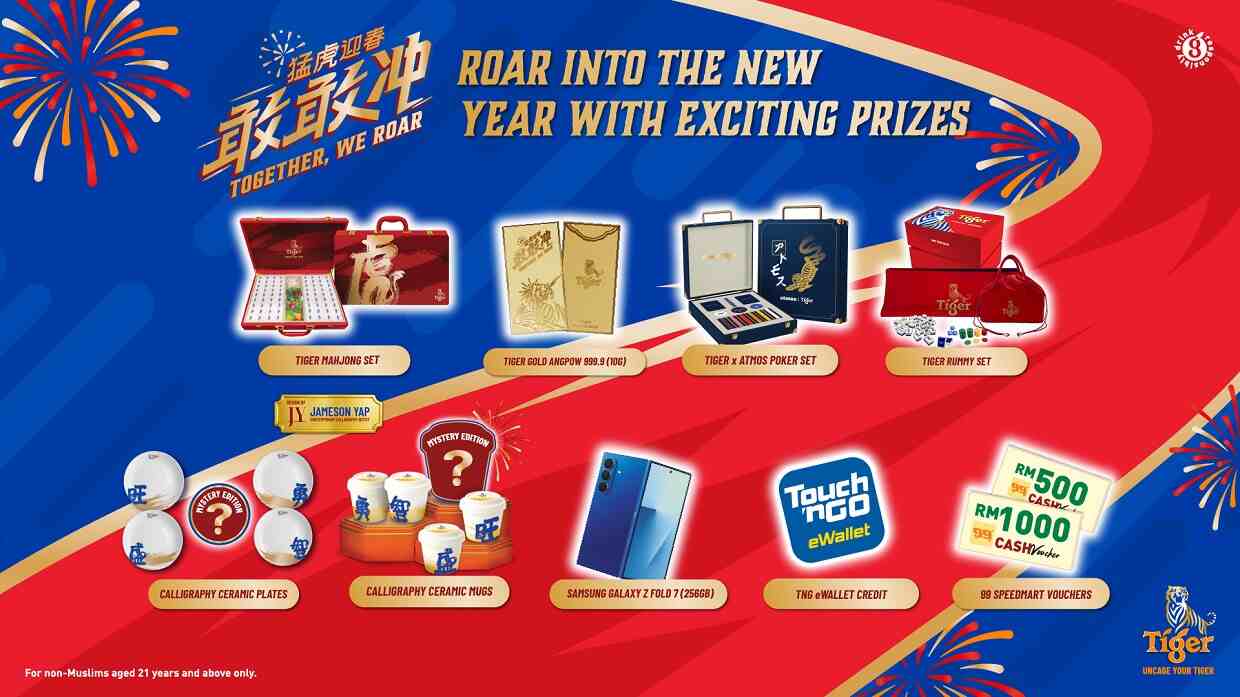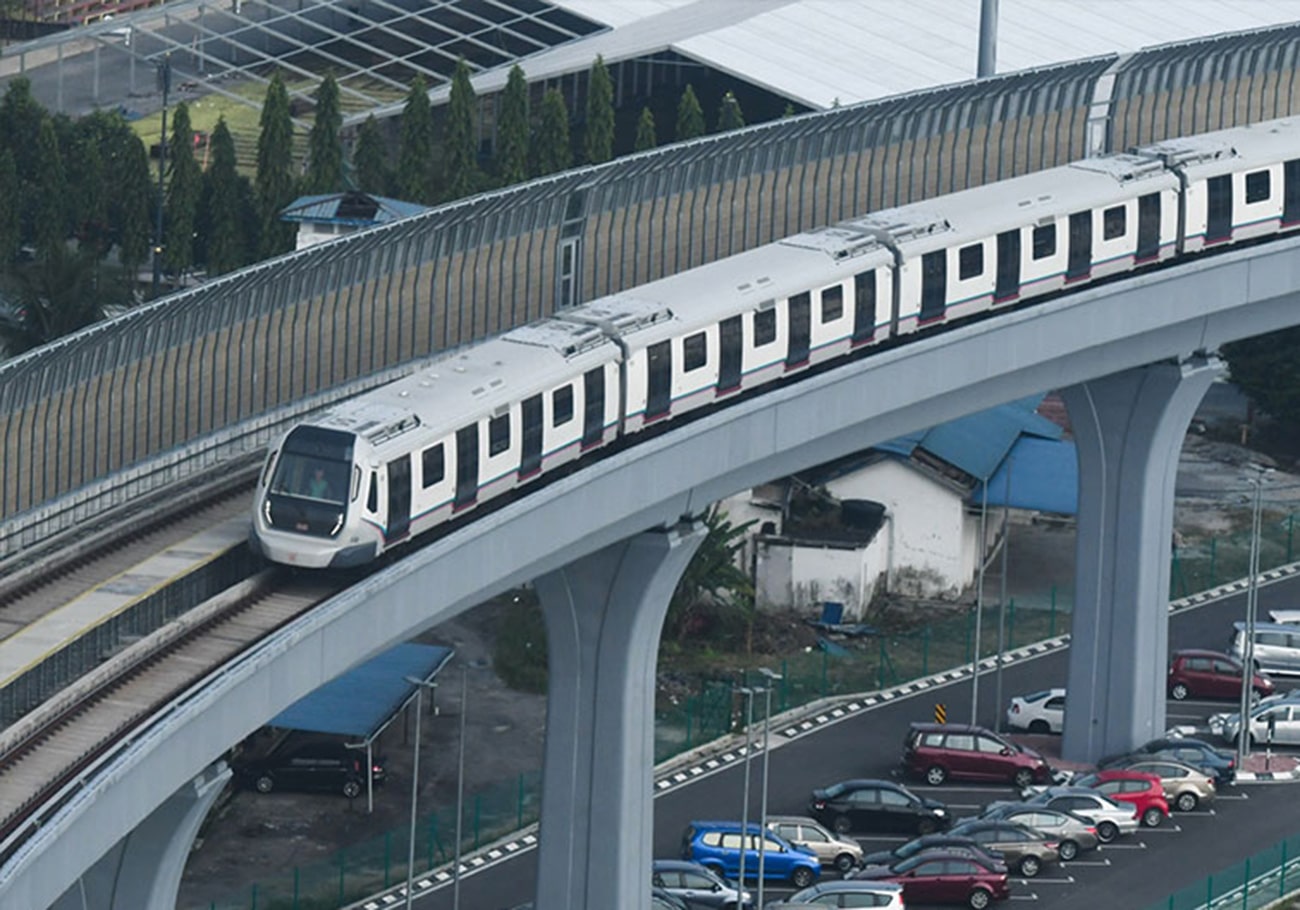
The Penang Light Rail Transit (LRT) project is under fire as the Vice Chairman of Penang’s Parti Rakyat Malaysia, Ravinder Singh, questions the legitimacy of ridership figures used to justify its construction.
This controversy follows a statement by Zairil Khir Johari, the Penang Exco for Infrastructure, Transport and Digital, in which he allegedly admitted that Penang lacks the necessary ridership to sustain the LRT.
Questioning Penang LRT ridership projections
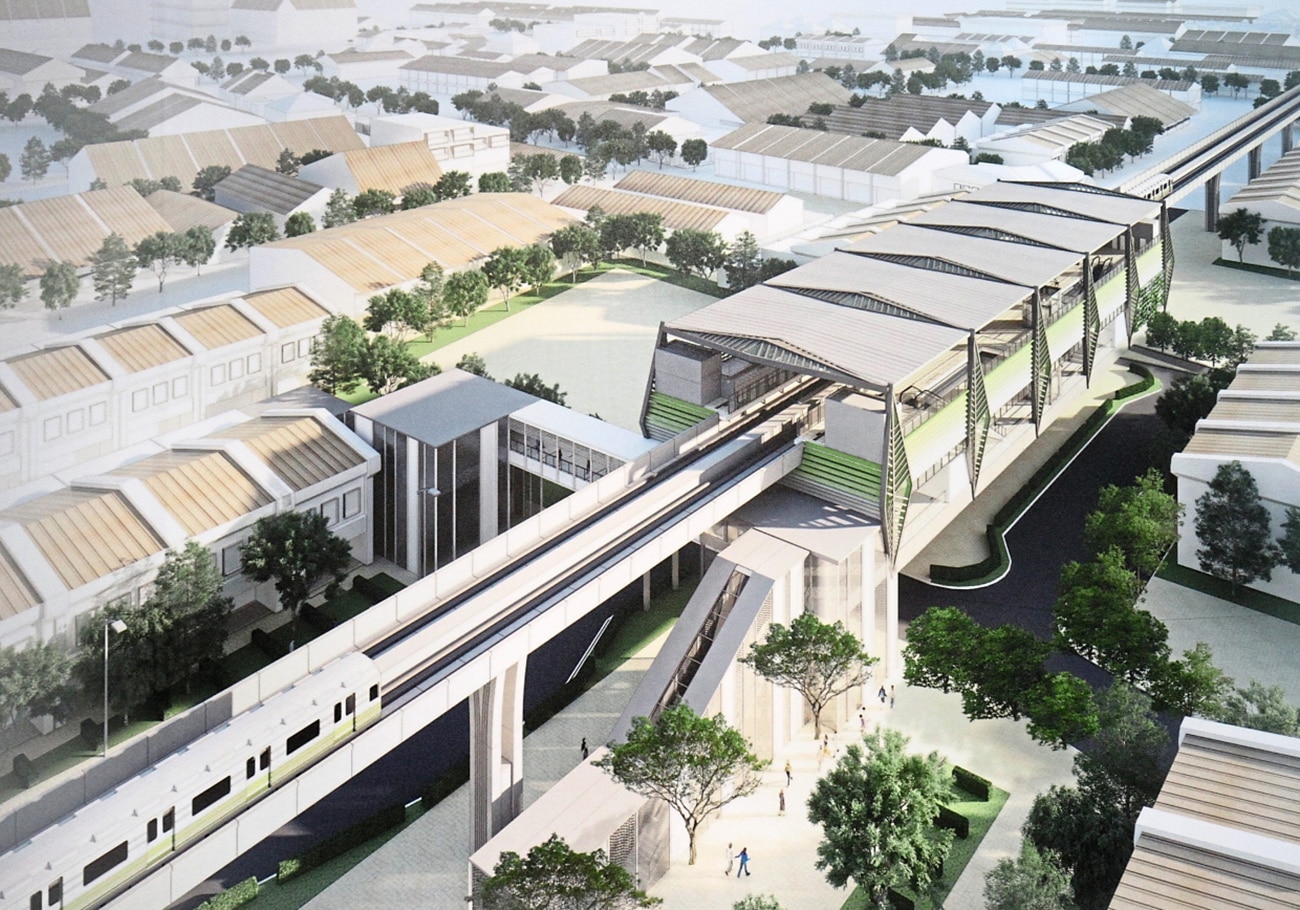
Ravinder Singh has been vocal about his concerns regarding the Penang LRT.
He claims that Zairil, a staunch advocate for the project, has now suggested starting with a very light system using two-carriage trains, with potential upgrades to a medium-capacity system.
However, Ravinder argues that this proposal does not address the core issue of insufficient ridership.
“Whether it is two-carriage trains or ten-carriage trains, about 80% of the RM10.5 billion budget will be paid to developers and contractors for infrastructure—the elevated tracks, stations, etc.
These favoured developers will be the real beneficiaries of the project, not the travelling public,” Ravinder said.
The approval process has also been called into question.
During a public briefing in December 2022, a consultant involved in preparing the Penang Draft Local Plan 2030—later discarded due to numerous errors—suggested that high-density apartments would be built near LRT stations to ensure sufficient ridership.
Ravinder dismissed this as speculative, asking, “Who are the hundreds of thousands who will be staying in those apartments? Where will they be commuting to daily on the Komtar to Airport line?”
Environmental and alternative transport concerns

Ravinder also raised doubts about the Environmental Impact Assessment (EIA) report prepared by consultants hired by the developer.
He suggested the report might have manipulated ridership figures to secure government approval.
“The Minister for Natural Resources, Environment and Climate Change, Nik Nazmi, is aware of such dubious practices by consultants,” Ravinder pointed out, referencing an article where the minister criticised public EIA reports for hiding vital aspects.
“If approval was given based on projected ridership figures justifying the LRT, which Zairil has indirectly admitted are false, then the whole EIA report should be dust-binned and the project scrapped,” he insisted.
Additionally, Ravinder suggested exploring alternatives like the Autonomous Rapid Transit (ART), successfully implemented in other Malaysian cities such as Kuching and Johor. Even Putrajaya, with existing LRT/MRT systems, is conducting ART trials.
“A well-planned ART service can run directly from the mainland to the Bayan Lepas Free Trade Zone’s (FTZ) Phase 3 and 4 and vice versa.
About 70% of the cars going to the FTZ are single occupancy cars, and most of them could be removed from the roads if there is an efficiently run ART direct from the mainland to the FTZ.
One lane of the bridge in each direction can be dedicated to the ART service,” he proposed.
Defence of the Penang LRT project
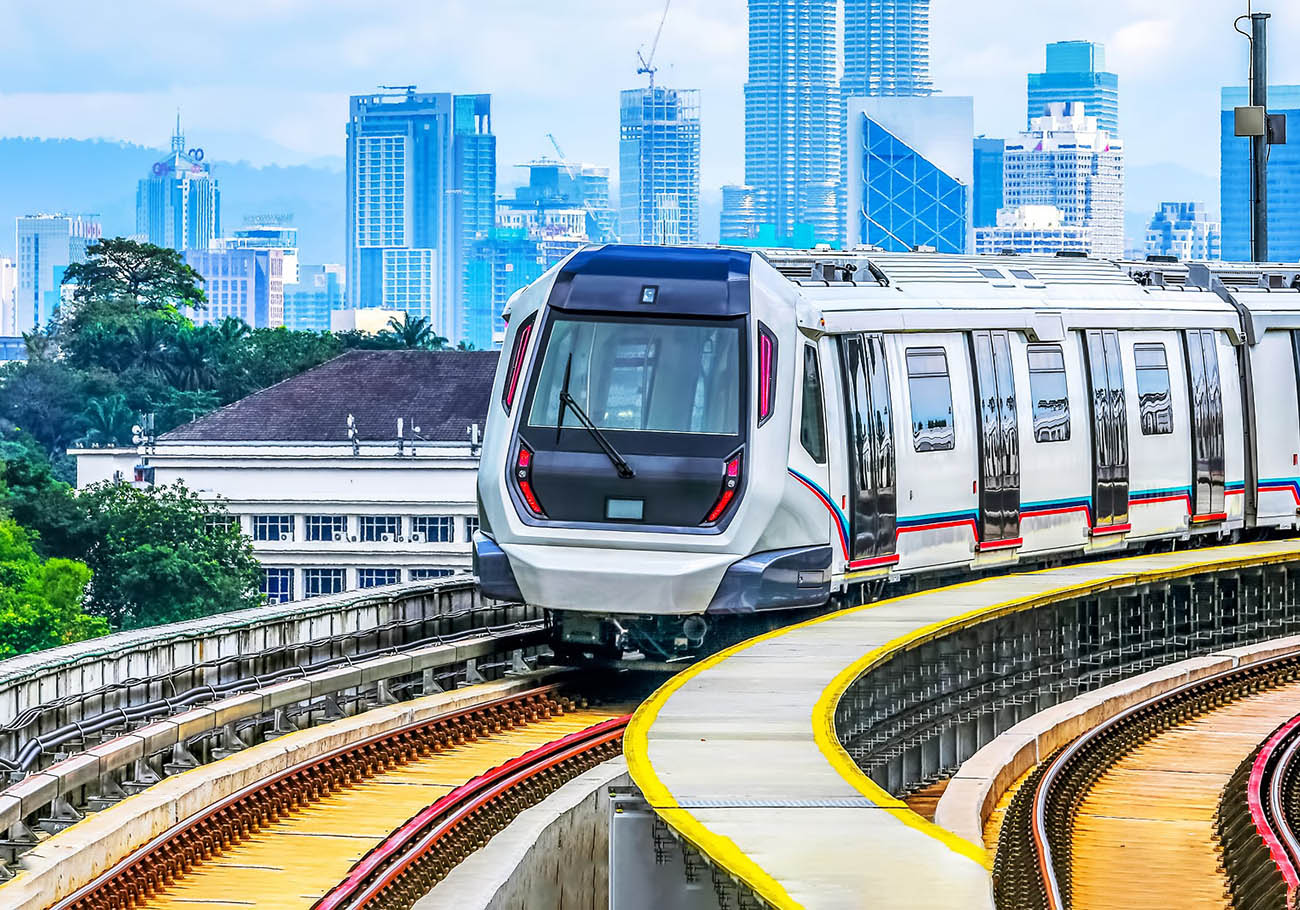
In response to these criticisms, Zairil Khir Johari defended the LRT project, emphasising its importance in Penang’s long-term transportation strategy.
He argued that the LRT would address the island’s traffic congestion and provide a sustainable transportation mode for its residents.
“LRT is the way to go for Penang. It offers a reliable and efficient mode of transportation, which is essential for the island’s growth and development,” Zairil said.
He dismissed the claims about falsified ridership figures as baseless, insisting that the projections were based on comprehensive studies and international benchmarks.
Zairil also highlighted that the LRT would be integrated with other public transport systems, creating a seamless network that would encourage more people to switch from private cars to public transport.
“The LRT is not just about current ridership. It’s about future-proofing Penang’s transportation infrastructure,” he added.
Zairil explained that the LRT’s elevated nature makes it unnecessary to set aside lanes at ground level, unlike systems like ART or trams.
“An at-grade system like ART or trams would not only take up existing car lanes but would also be unable to travel as quickly and reach the mainland, as the first Penang Bridge cannot support a train system’s load. We have explored these options before,” he noted.





